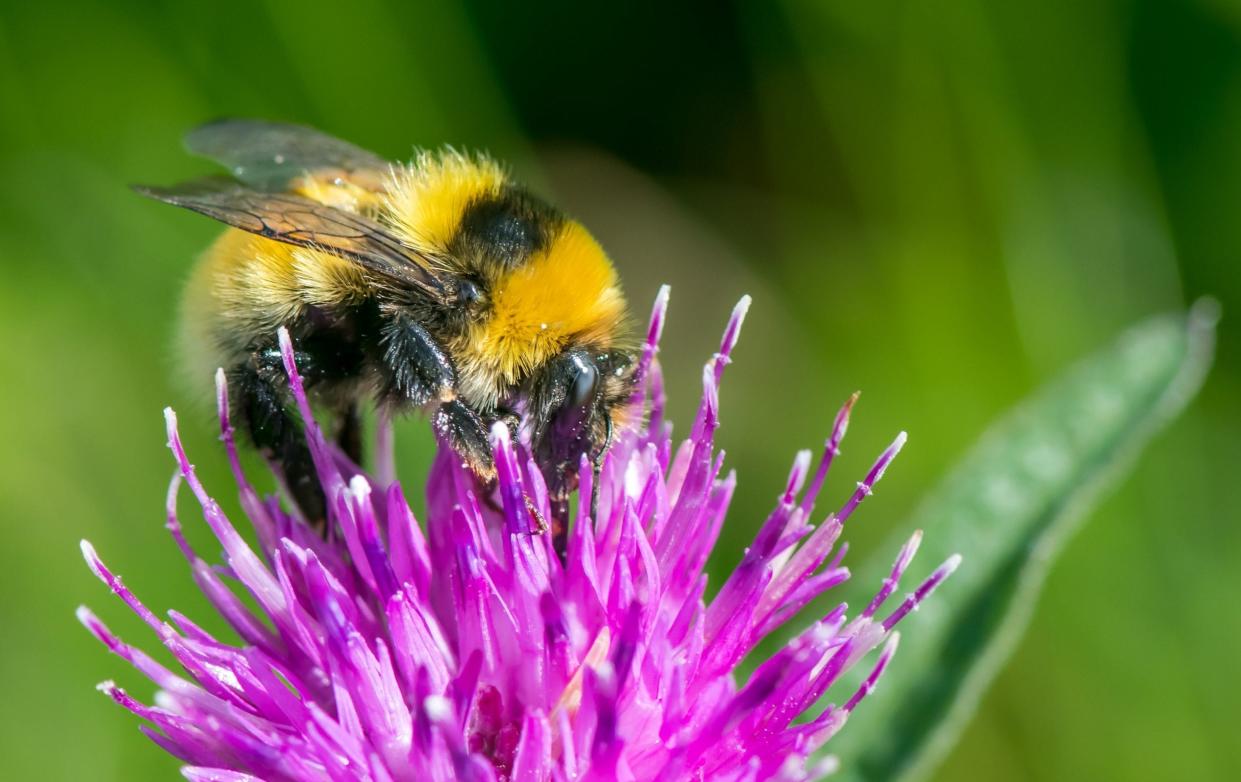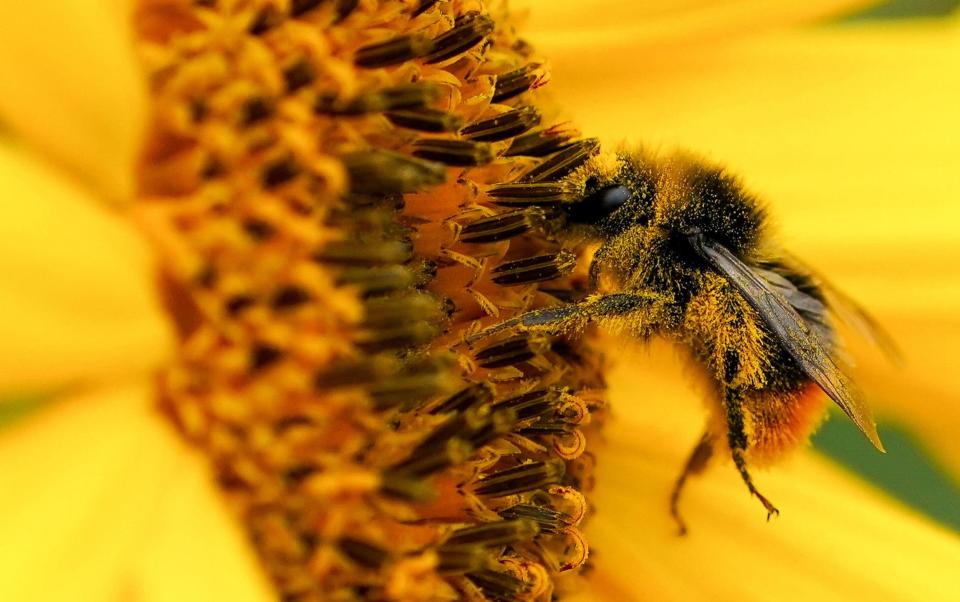Flowers can feel when bees are near and emit more scent, scientists find

Flowers can sense when a bumblebee is nearby and release a burst of perfume in order to attract more insects, scientists have found.
Bees release a tiny electrical charge when they come into contact with petals and experts think that this allows them to carry more pollen, making them more effective as a pollinator.
However, it was not previously known what impact the tiny sparks had on the plants.
Dr Clara Montgomery from the University of Bristol found that shortly after contact is initiated, the plant actually expels more perfume than normal.
“Flowers have a limited supply of these scents, so it makes sense they only release them when their pollinators are around,” she said.
“Essentially, it is only worth advertising when you know you have an audience. Other cues they might use, such as daylight or temperature, can be unreliable, as it might also be windy or raining, which would reduce pollinator presence.
“These scents are also used by insects that want to eat or lay eggs on the plant, so increasing their chances of only attracting pollinators is vital.”
The electrical charge on a bumblebee is just 120 picoCoulombs (pC) and in experiments it took 600 pC, or five visits, for a violet petunia to be triggered into emitting an extra dose of its precious aromatic payload.

But instead of relying on actual bees to conduct the experiment, the researchers used nylon balls that were charged with electricity.
Flowers touched with the substitute bees jettisoned twice as much perfume as normal but those contacted by a non-charged object were unaffected.
“Frequent visits by charged pollinators to a flower would cause charge to build up, which might exceed a threshold for scent release,” said Dr Montgomery.
“Charge could therefore provide a useful indicator of how many pollinators are in the area, allowing the plant to assess the real time potential for pollen dispersal.
“Current understanding of the electric charges carried by different insect species is very low and the influence of electric fields on all biological systems is often poorly understood and hard to quantify.”
The study is published in the journal The Science of Nature.

 Yahoo News
Yahoo News 
